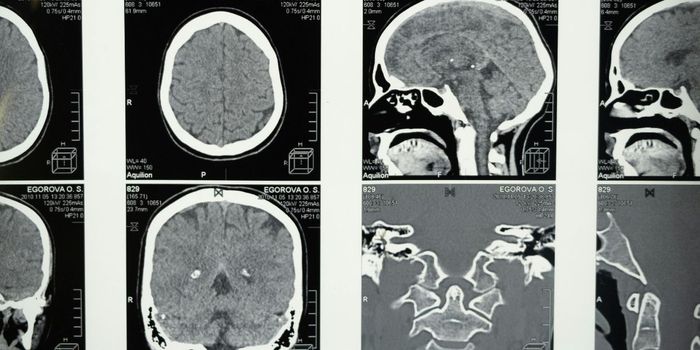Study Catalogs Mouse Facial Expressions
It's easy to gauge a dog or cat's emotion by reading their facial expression, but the same has been historically difficult for one of science's most valuable model organisms: the mouse.
Image: Pixabay
Mice, like dogs and cats, have emotional reactions to pain, strong tastes like bitter or sweet, and fear. However, since humans have not bonded with mice for thousands of years as we have with domestic animals, mice' facial expressions are harder to discern. Researchers need to be able to recognize facial expressions because it can inform experiments and cement connections made between experiments and signals in the brain.
Researchers at the Max Planck Institute of Neurobiology analyzed hundreds of videos of mice with a machine-learning algorithm to categorize their facial expressions. The videos showed mice in situations where a known emotion was provoked, and then the facial expression was analyzed by the machine learning algorithm. For example, the facial expression of pain was studied by varying degrees of electric shock to the tail, and pleasure was studied by feeding the mice different amounts of sugar solution.
Two types of fear- the kind that makes mice freeze like a deer in headlights, and the kind that makes them scurry away, were studied spontaneously. That is, researchers recorded the mice on video when either of these responses was invoked but did not purposefully scare the mice.
The documentation of emotional facial expressions of mice will allow other researchers to connect what they find in neuroimaging and activity data to the known facial expression, which could strengthen the evidence in future studies.
Sources: Dolensek et al., The Scientist









